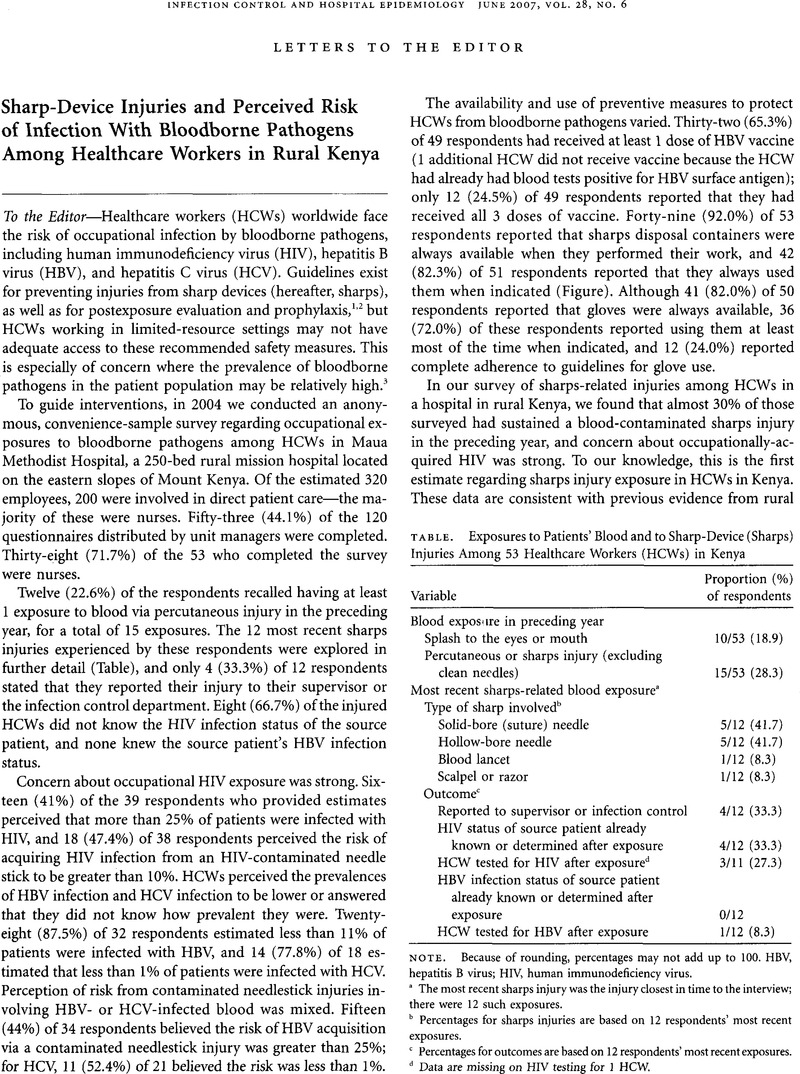Crossref Citations
This article has been cited by the following publications. This list is generated based on data provided by Crossref.
Muula, Adamson S
Rudatsikira, Emmanuel
and
Siziya, Seter
2010.
Occupational illnesses in the 2009 Zambian labour force survey.
BMC Research Notes,
Vol. 3,
Issue. 1,



